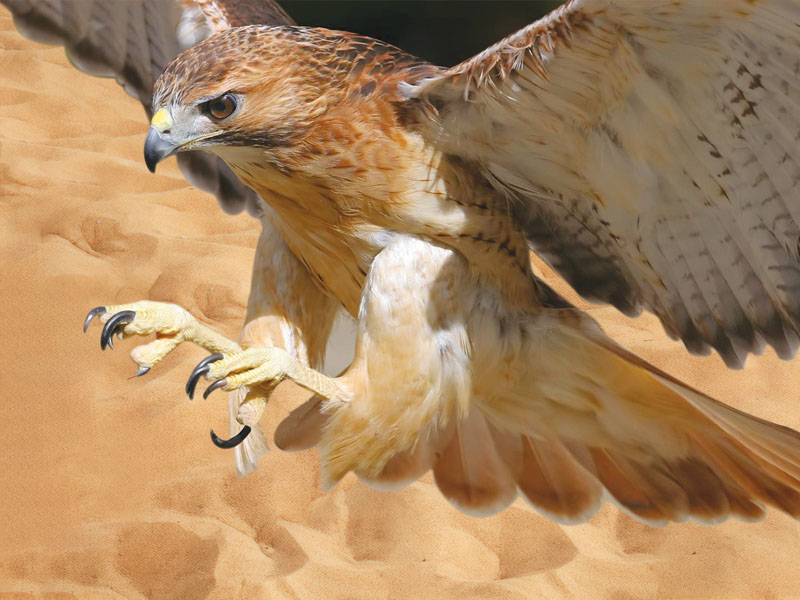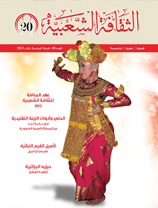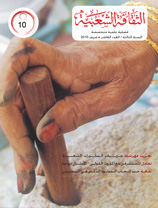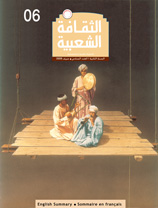The Arabian Heritage of Falconry
Issue 17

Safiyyah Ahmad Al Zayid (Syria)
Falcons, (genus Falco), are strong birds with relatively long wings with solid muscles; they hunt during the day.
Falcons can weigh between 100g, (as is the case with smaller kestrels), and 2kg in the case of the biggest polar hawks; falcons have relatively large heads and short, strong beaks that are used for tearing and eating the prey after the kill.

Physiologists have observed that falcons have a unique sharp projection on the cutting edge of their upper beaks with a corresponding notch on the lower beak. They use their notched beak to kill by severing the spinal column at the prey’s neck. Falcons have characteristic long, pointed wings, each of which has ten flight feathers.
Falcons are skillful hunters that know how to take advantage of opportunities. They use two strategies when hunting; attacking with lightning speed; and chasing and catching the prey in flight.
Falcons fly very fast; peregrines can achieve speeds of up to 100km per hour, and their swooping speed can reach an incredible 320km per hour.
Falcons are characterized by burning passion, great happiness, pride and power. Their mating rituals are wonderful: the male flies, producing a distinctive sound to call the female. They begin to dance, then the male falcon descends as if preparing to land, and the female meets the male by ascending with her legs forward. They look as if they are shaking hands. They continue to descend and they become closer and closer until their talons are completely intertwined... it is a beautiful spectacle. Falcons are not polygamous; but migratory species mate different females during breeding season.
When hunters use expensive hunting falcons, they usually have a 2-3 week training period before the houbara start to arrive. The training begins with the trainer tying a hair from a horse’s tail over the falcon’s eyes. For three days, the trainer carries the falcon, feeding it by hand and calling it by name in order to tame the bird, gain its trust and train it to recognize his voice.
Tethered by string to the trainer’s glove, the falcon is allowed to fly short distances to catch food that the trainer throws into the air. The trainer gradually increases the distance until the falcon is flying freely. The trainer then starts using lures made of houbara wings to train the falcon to hunt houbara. The successful falcon is rewarded with a piece of the prey.
The falcon’s prey includes houbara bustards, stone curlews, small gazelles, rabbits, collared doves, Eurasian collared doves, blue doves, quails, sand partridges, cream-colored coursers, Abu Daba’h, and sandgrouse.




































































